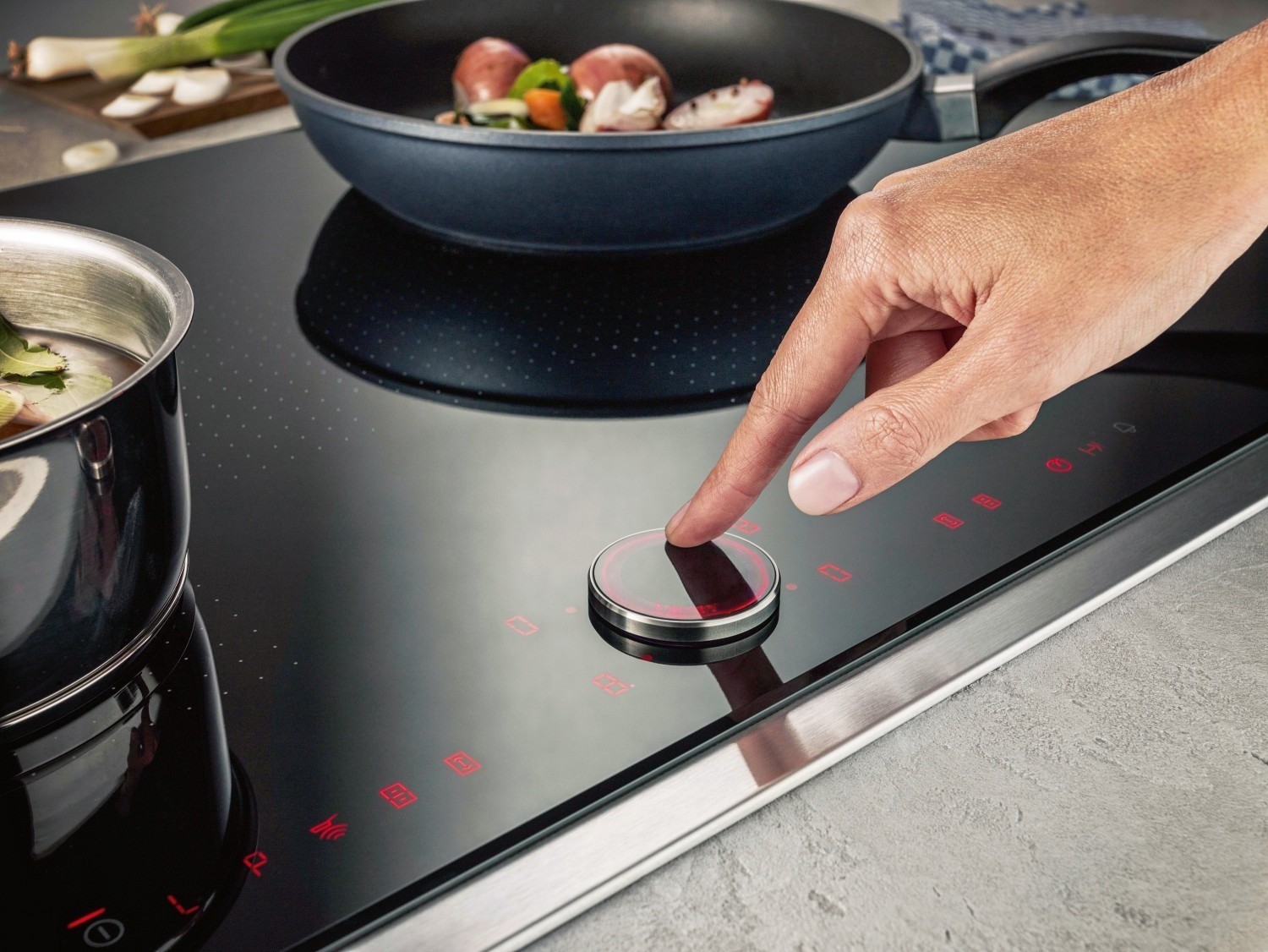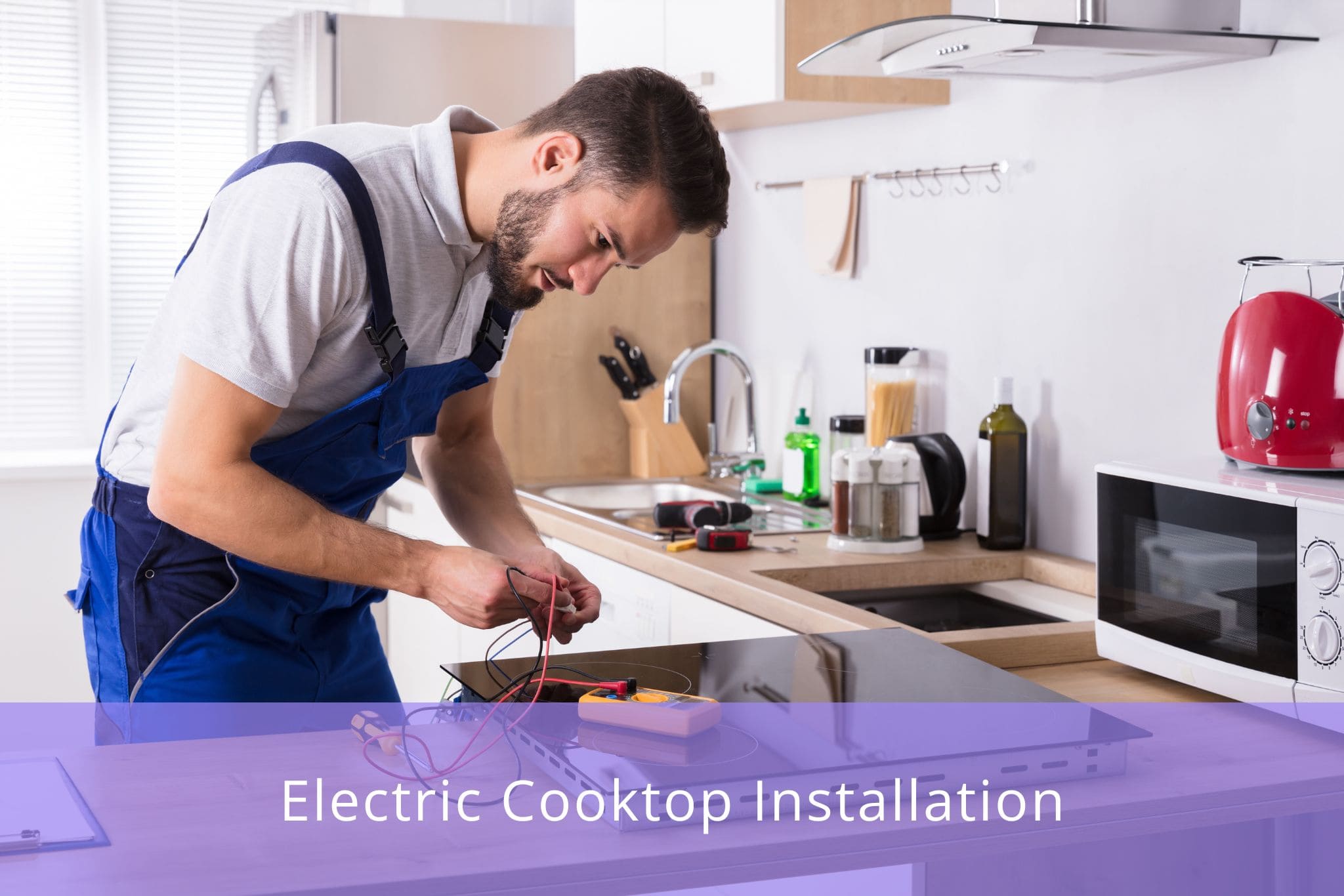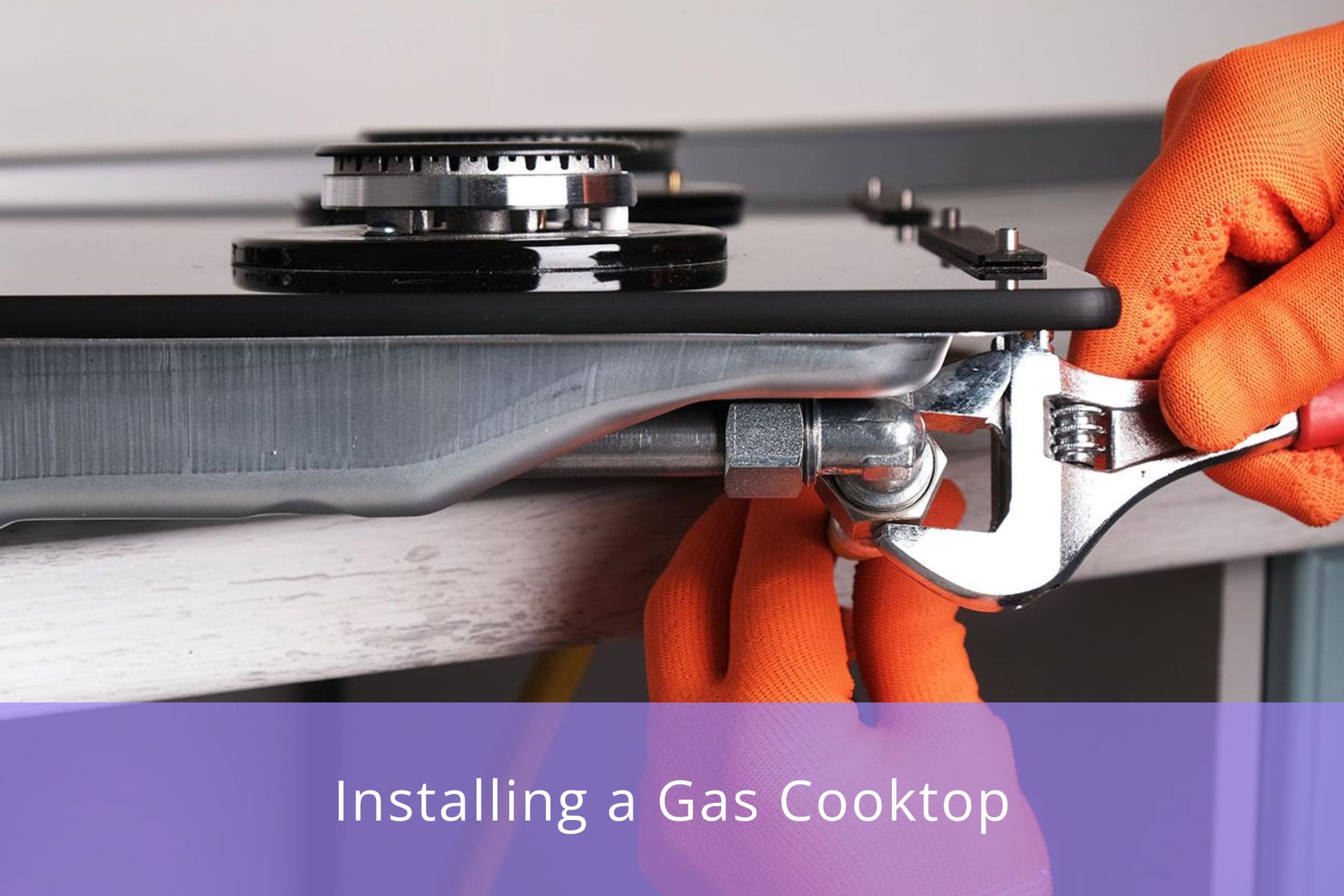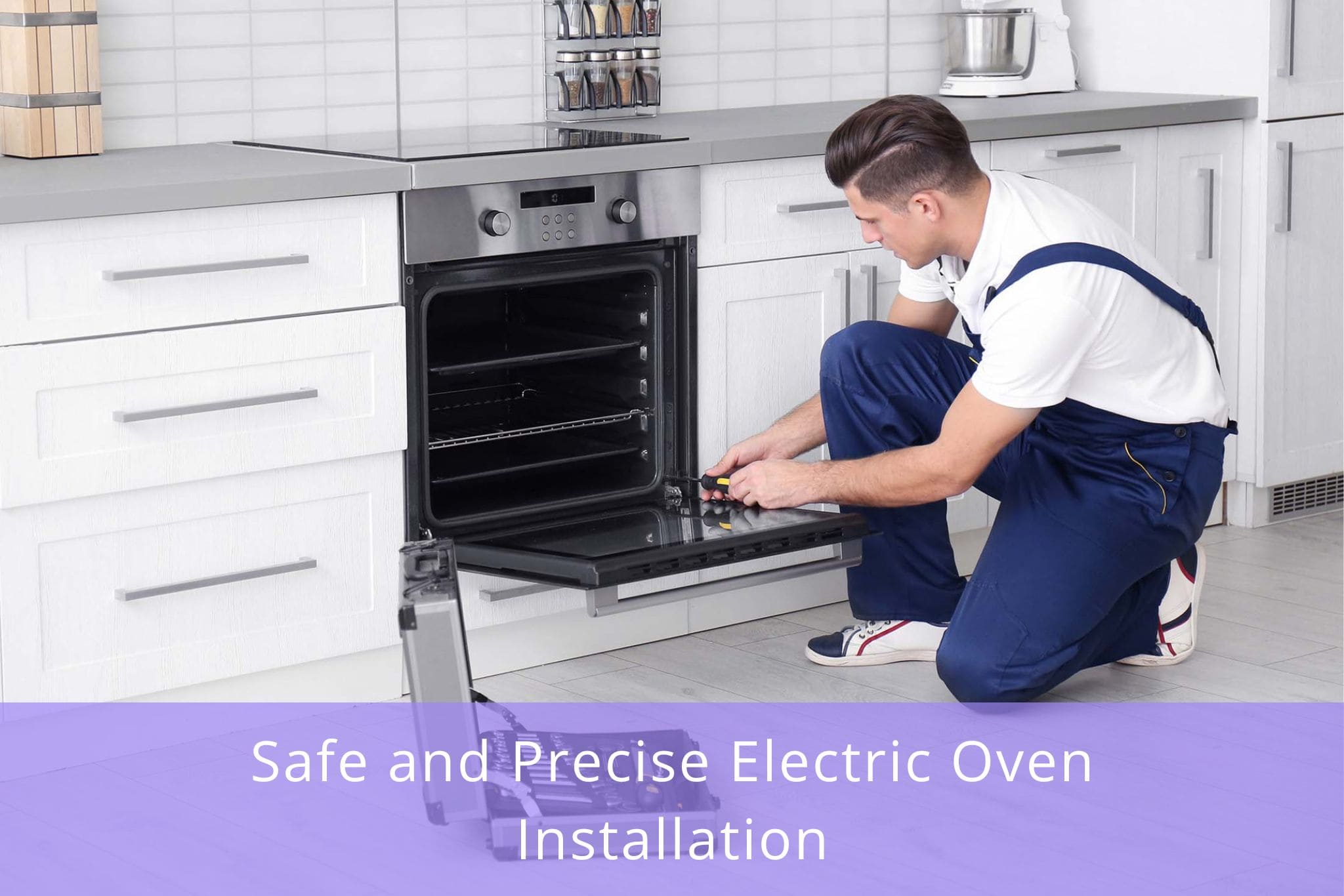
Touch controls are a core feature of modern induction cooktops, offering a sleek interface and precise control. But when those buttons stop responding, it can be both frustrating and disruptive—especially if you’re in the middle of cooking or preparing a meal. Fortunately, most issues with unresponsive touch panels can be diagnosed and resolved without replacing the entire appliance.
This guide walks you through the most common causes of touch panel failure, practical troubleshooting steps, and when it’s time to call a professional.
Understanding How Touch Controls Work
Induction cooktops use capacitive touch sensors to detect finger contact. Unlike traditional mechanical buttons, these controls rely on changes in electrical charge when touched. The system is sensitive to moisture, power fluctuations, and surface conditions.
When touch buttons fail, it may not always mean the control board is damaged. The cause could be as simple as a power reset or as complex as a failed PCB (Printed Circuit Board).
Common Causes of Unresponsive Touch Controls
Before diving into repairs, it’s helpful to understand what typically causes touch controls to fail:
-
Moisture on the Control Surface
Liquid spills or steam can interfere with capacitive touch sensitivity. Even condensation from nearby pots may cause false touches or total unresponsiveness. -
Control Lock (Child Lock) Activated
Many induction cooktops have a safety lock feature that disables the controls. If accidentally activated, the cooktop may appear unresponsive. -
Software Glitch or Frozen Interface
Temporary electrical surges or software issues can cause the panel to freeze, requiring a manual reset. -
Power Supply Issues
Voltage drops, surges, or unstable power sources can affect the operation of the touch panel and other internal electronics. -
Dirt or Grease Buildup
Accumulated grime on the glass surface can prevent your fingers from making proper electrical contact. -
Defective Touch Control Board
If none of the above apply, the issue may be with the electronic control module itself, requiring replacement.
Step-by-Step Troubleshooting for Touch Control Failure
Follow these practical steps to restore functionality before calling for service:
1. Clean and Dry the Surface
Start with the simplest solution.
-
Wipe down the control area using a soft microfiber cloth and a small amount of mild cleaner.
-
Dry the surface completely to eliminate moisture.
-
Ensure your hands are clean and dry before trying again.
Pro Tip: Avoid using harsh cleaners that leave residue. A vinegar-water solution (1:1) works well.
2. Check for Control Lock Activation
Many users mistake the child lock for a malfunction.
-
Look for a padlock icon or an “L” indicator on the control panel.
-
Refer to your cooktop’s manual to deactivate the lock. Usually, this involves holding a specific button (like “Lock” or “Key”) for 3 to 5 seconds.
-
After unlocking, test other buttons for response.
3. Perform a Power Reset
Just like computers, induction cooktops can freeze and may need a reboot.
-
Turn off the cooktop and unplug it from the outlet.
-
If hardwired, turn off the breaker for at least 60 seconds.
-
Restore power and try again.
This simple reset can clear temporary software errors and restore touch sensitivity.
4. Eliminate Nearby Sources of Interference
Capacitive touch systems can be affected by electromagnetic interference (EMI).
-
Move other appliances, like microwaves or blenders, away from the cooktop.
-
Ensure there’s no direct contact with metal kitchen objects near the control panel.
5. Verify Power Supply Stability
Voltage inconsistencies can cause erratic behavior.
-
If your home has experienced a power surge or outage, consider using a voltage stabilizer or surge protector.
-
Check for loose wiring connections at the terminal block (qualified professionals only).
6. Test Individual Touch Zones
Some touch panels are segmented. If only one section is unresponsive:
-
Try pressing other areas of the panel.
-
If certain zones work and others don’t, the issue may be isolated to a portion of the board or ribbon cable.
Document which buttons respond and share that with your technician for a faster repair process.
When to Call a Professional Technician
If all the above steps fail, it’s time to consult an experienced appliance technician. They will:
-
Test continuity and signal transmission on the touch PCB.
-
Inspect the control board and flex cable for corrosion or damage.
-
Replace the touch panel or main board if needed.
Warning: Induction cooktops contain high-voltage components. Avoid opening the unit unless you’re qualified and understand the risks involved.
Preventing Touch Panel Problems in the Future
Taking simple preventive measures can reduce the risk of touch control issues:
-
Wipe the surface after every use to prevent buildup.
-
Avoid spilling liquids near the control area.
-
Do not place hot pans directly over the touch panel.
-
Use cookware of the correct size and placement to minimize heat migration toward the controls.
-
Install a surge protector to safeguard electronics from voltage spikes.
Unresponsive touch controls on an induction cooktop don’t always mean expensive repairs. In many cases, the issue is temporary and can be resolved with a careful reset, cleaning, or unlocking procedure. Understanding the root causes—and applying a logical, step-by-step approach—can save time, money, and frustration.
With proper maintenance and prompt attention to issues, your induction cooktop can deliver reliable, modern performance for many years.



